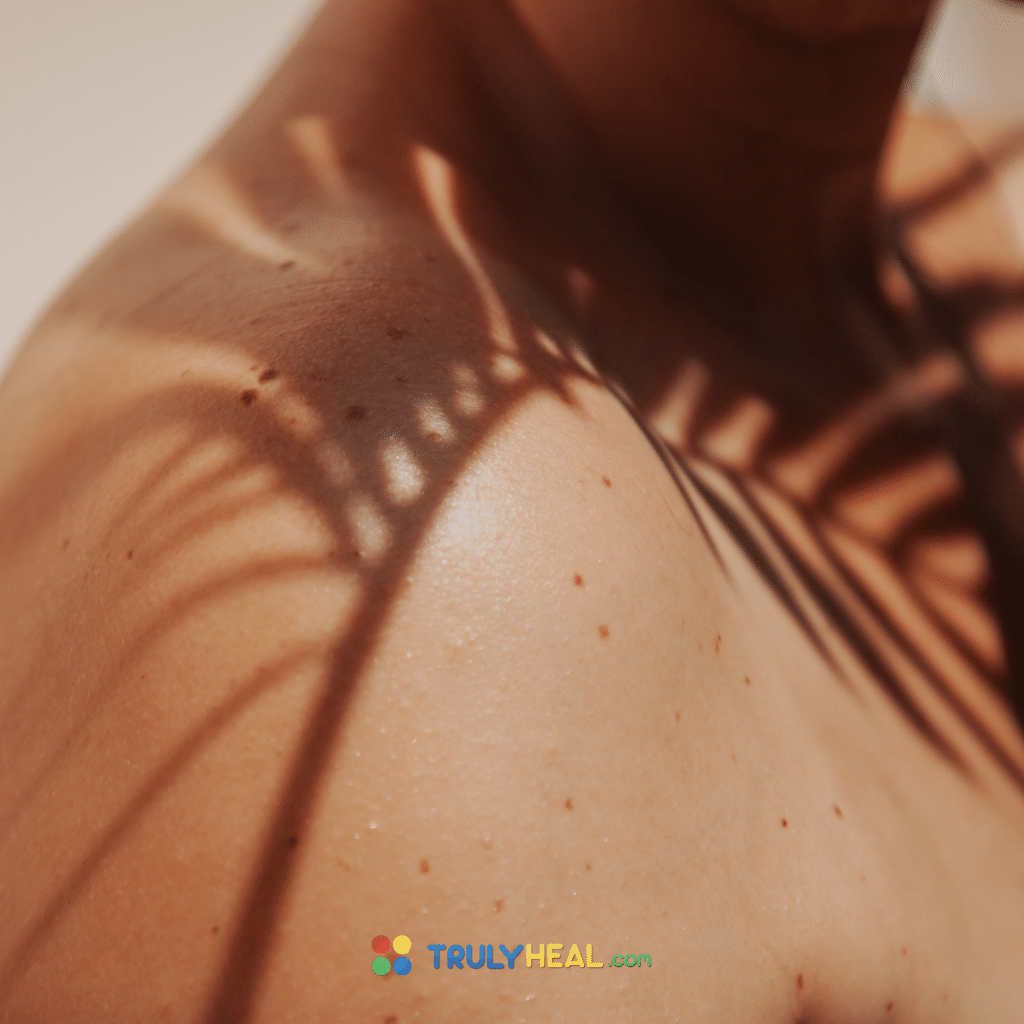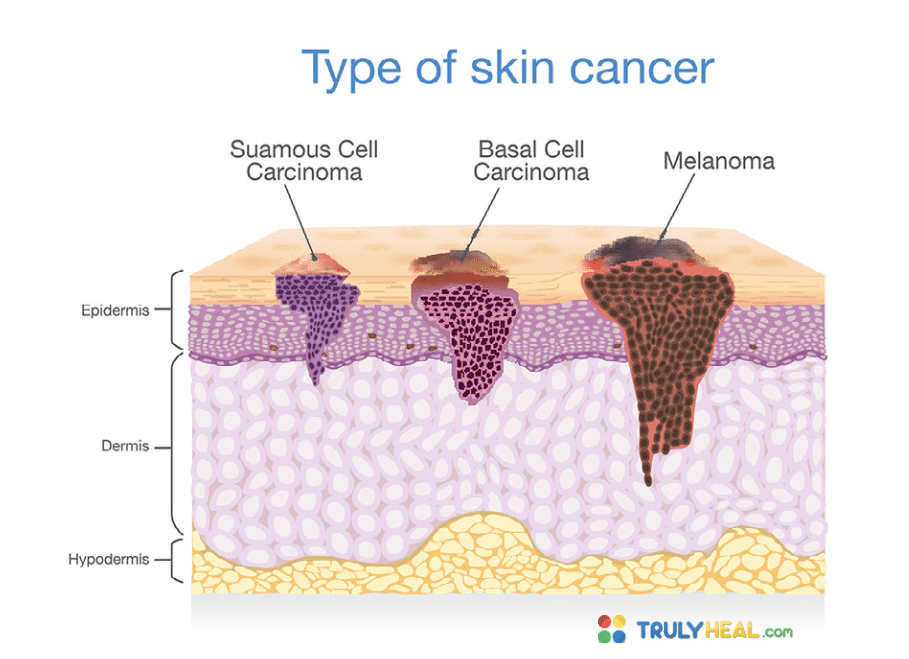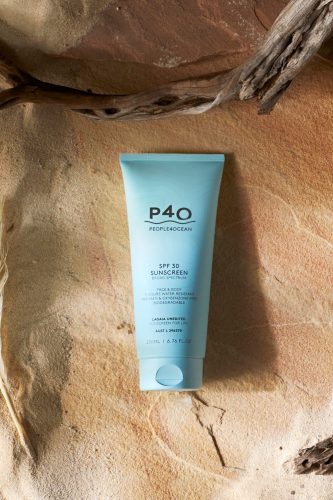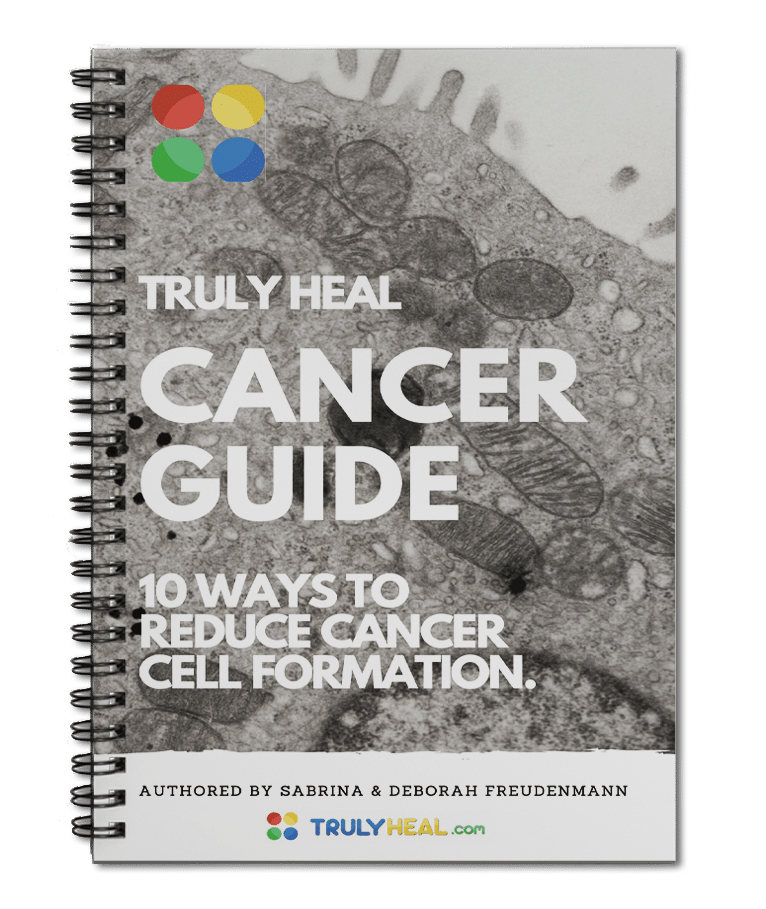Basal cell carcinoma
Basal cell carcinoma (BCC) is the most common skin cancer, making up about 80% of cases. This type tends to grow slowly and is usually reversible. BCC affects the basal cells, cells that help the skin regenerate after old cells have died. This type of cancer usually affects the head and neck, as they typically get the most sun exposure.
BCC is noticeable on the skin and looks like a sore. These lesions tend to be pearly-white coloured, pink, or translucent bumps. They can also rupture, bleed, and form scabs. In some cases, the lesion will appear brown, black, or bluish, or form reddish patches.
Squamous cell carcinoma
Squamous cell carcinoma, or SCC, is the second most common type of skin cancer and develops in the squamous cells. These cells are found in the middle layers of the skin and SCC can develop anywhere in the body. SCC is a relatively aggressive skin cancer as these cells grow quickly. Most SCCs are reversible when they are caught early but can be serious if left unaddressed.
Like basal cell carcinoma, SCC is also mostly found near sun-exposed areas but tends to target the scalp, hands, ears, and lips. But it can develop anywhere. In some cases, SCC is found in areas that do not see the sun, such as the inside of the mouth or around the genitals.
SCC usually looks like scaly red patches, sores, or wart-like growths or nodules. These lesions may itch or bleed.
Melanoma
Melanoma is the least most common type of skin cancer. It occurs in melanocytes, the cells that give skin their pigment. Melanoma is caused by the overexposure to UV radiations that damages the melanocytes and causes them to grow out of control. Melanoma can develop in skin anywhere on the body, whether there has been sun exposure or not.
The reason melanoma is so dangerous is not because of the melanoma itself, but the fact that this type of skin cancer easily spreads to other organs and causes cancer elsewhere in the body.
Melanoma comes in many forms and may develop in pre-existing moles. However, it is important to note that unlike BCC or SCC, up to 80% of melanoma arises in normal-looking skin, not moles or lesions. To identify a potential melanoma, consider the “ABCDE rule”:
- A – Asymmetrical (the mole does not look the same on both sides)
- B – Border (there is an uneven border around the lesion)
- C – Color (there may be several different shades of brown, tan, or black, or changes in color)
- D – Diameter/dark (a mole that is larger than ¼ inch in diameter)
- E – Evolving (the mole changes, looks different from other moles, or develops a new symptom)



























